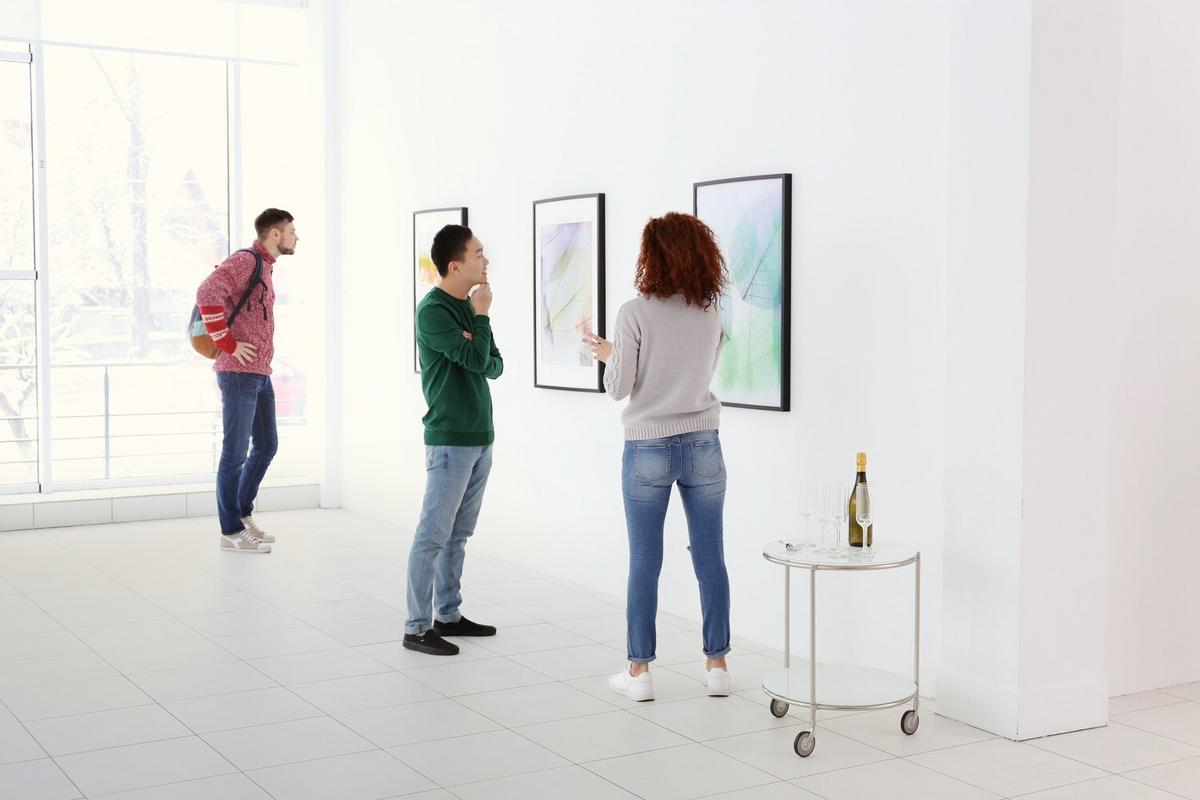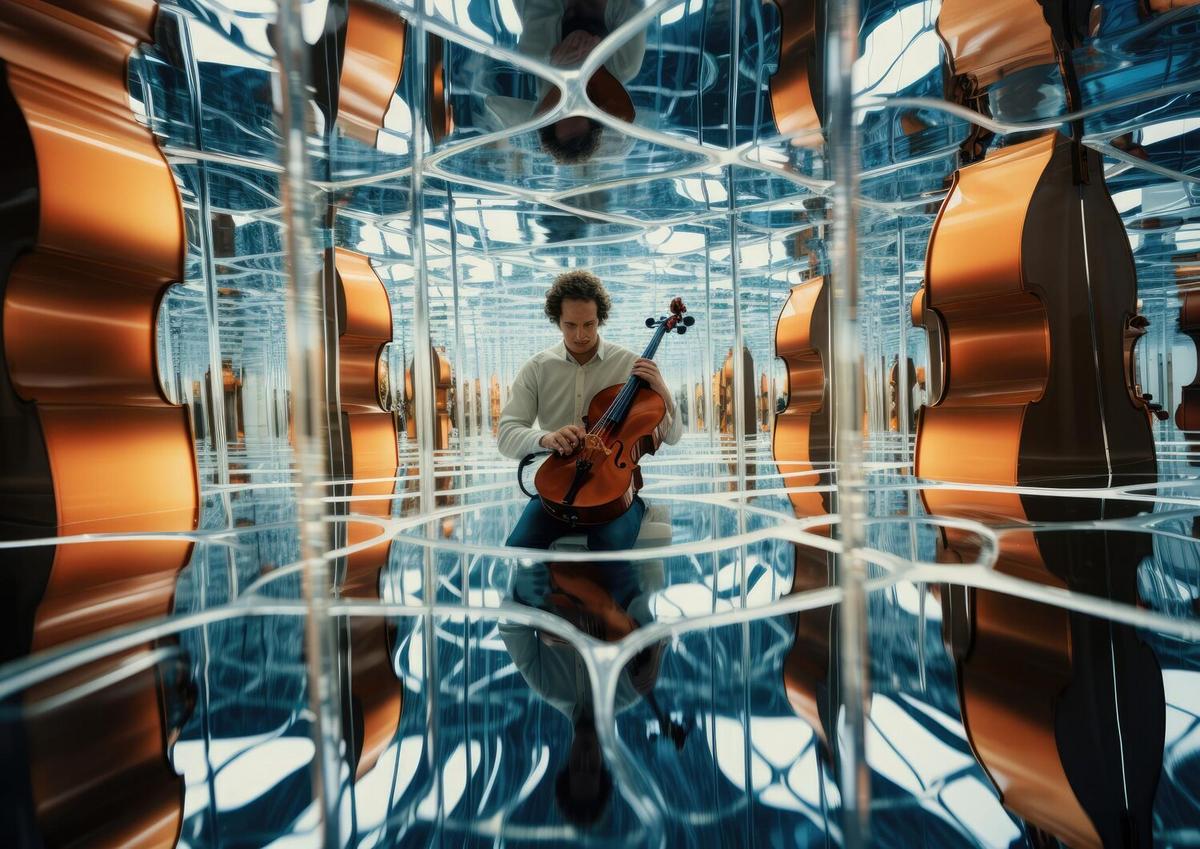Digital platforms have revolutionized various aspects of our lives, and the art world is no exception. As technology continues to advance, artists and galleries are leveraging online spaces to reach wider audiences and redefine traditional modes of art distribution.
As the influence of digital platforms grows, the art world is experiencing a significant transformation. Artists no longer rely solely on physical galleries to showcase their work. Instead, they are turning to digital platforms to distribute and promote their art globally. This shift is not only democratizing access to art but also providing artists with new opportunities for engagement and revenue.
The Role of Digital Platforms in Art Distribution
Digital platforms have opened up a world of possibilities for both emerging and established artists. According to a report by Art Basel and UBS, online art sales reached $12.4 billion in 2020, a testament to the growing importance of digital channels in the art market.
One of the key advantages of digital platforms is their ability to connect artists with a global audience. As art critic and historian Jerry Saltz notes, “The internet has created a new kind of art world, one that is vast, open, and increasingly influential.” This connectivity allows artists to share their work with art enthusiasts across the globe, without the limitations of geographical boundaries.
Expert Opinions and Insights
Art experts emphasize the role of digital platforms in fostering a more inclusive art environment. Lisa Phillips, director of a renowned contemporary art museum, highlights that “digital platforms provide artists with unprecedented visibility and the ability to engage directly with their audience, breaking down barriers that once existed in the art world.” This direct engagement can lead to increased sales, collaborations, and a stronger fan base.
Case Studies: Artists Thriving in the Digital Space
Consider the example of an independent artist who successfully launched a virtual gallery to showcase their work. By utilizing social media and art-focused digital platforms, they were able to attract a diverse audience and sell their pieces internationally. This approach not only increased their exposure but also provided valuable feedback from collectors and art lovers.
Actionable Tips for Artists
- Utilize social media platforms to build an online presence and connect with potential buyers.
- Consider creating a personal website or online portfolio to showcase your work professionally.
- Engage with online art communities to network and gain insights from fellow artists.
Leverage video content to provide virtual tours of your artwork, offering viewers a more immersive experience.
Comparing Traditional and Digital Art Distribution
| Aspect | Traditional Distribution | Digital Distribution |
|---|---|---|
| Reach | Local/Regional | Global |
| Cost | High (gallery fees, shipping) | Low (online listing fees) |
| Engagement | Indirect | Direct |
| Accessibility | Limited | 24/7 Access |
| Control | Gallery-managed | Artist-managed |
| Feedback | Delayed | Instant |
| Marketing | Gallery-driven | Artist-driven |
| Sales Process | In-person | Online transactions |
FAQs
How can artists start selling their art online?
Artists can begin by creating profiles on art-selling platforms, building a social media presence, and setting up an online store.
Are digital platforms suitable for all types of art?
Yes, digital platforms cater to various art forms, including paintings, photography, and digital art, providing diverse opportunities for artists.
Conclusion
In summary, digital platforms are reshaping the landscape of modern art distribution. By providing artists with innovative ways to connect with audiences, these platforms are fostering a more inclusive and dynamic art world. As artists continue to adopt digital tools, the opportunities for growth and engagement are endless. We encourage artists to explore these platforms and embrace the potential they offer.




Leave a Reply